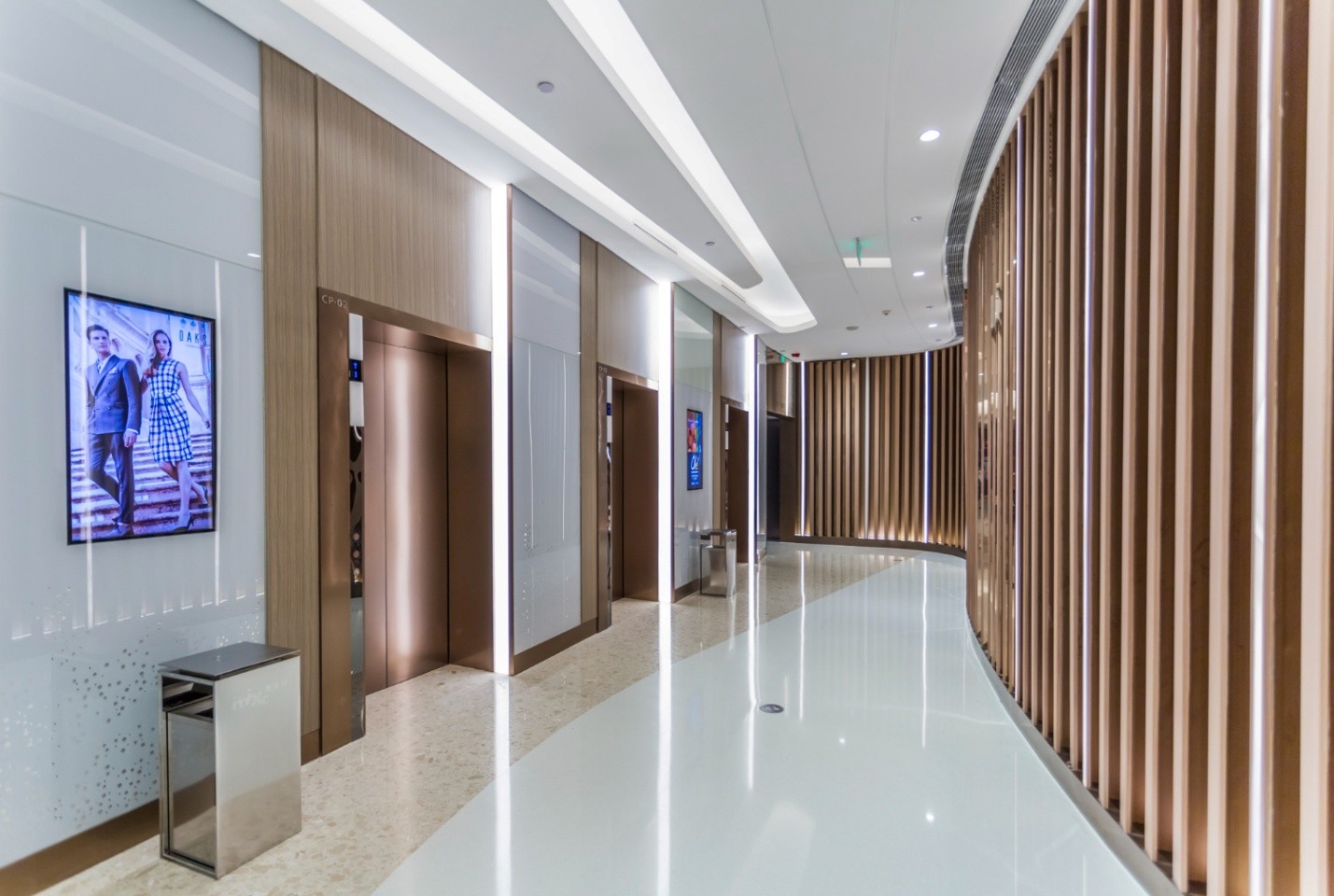The evolving architectural aesthetics and functionality, few elements possess the versatility and visual sophistication of Acoustic Wood Panels. These panels are no longer just about sound absorption—they’ve become a defining feature of modern interior design, uniting form and function with bold, expressive styles. Whether it’s a corporate workspace, an auditorium, a high-end hotel lobby, or a creative studio, Acoustic Wood Panels are quietly—and quite literally—shaping the way spaces are experienced.
Evolution of Acoustic Design
Acoustic performance has long been a technical concern. But today, it’s deeply tied to user comfort, brand expression, and even sustainability. As design expectations rise, there’s an increasing demand for materials that balance technical efficacy with aesthetic innovation.
Acoustic Wood Panels have emerged as a game-changing solution that satisfies both ends of this spectrum. Designers and architects are no longer constrained by dull, utilitarian solutions. With wood as the base material, these panels introduce a tactile richness and warmth that aligns effortlessly with biophilic and wellness-centric design trends.
What sets these panels apart is their ability to merge acoustic control with a statement-making visual language—elevating everything from minimalist Scandinavian styles to more layered, maximalist expressions.
A Material that Commands Attention
At the heart of these panels is wood—timeless, expressive, and incredibly adaptable. It brings a sense of organic sophistication into any space. But in the realm of Acoustic Wood Panels, wood is more than just a surface finish. It’s an active material component that helps manage reverberation and echo while amplifying the sensory quality of a space.
Available in a wide range of grains, shades, and textures, Acoustic Wood Panels can be tailored to complement any palette or concept. From dark walnut tones that exude luxury to lighter ash hues that reflect natural daylight beautifully—there’s no shortage of creative opportunities. And with the added ability to perforate, groove, or laminate wood surfaces, these panels can be transformed into sculptural, architectural features.
Designing Boldly with Intent
One of the biggest misconceptions about acoustic materials is that they limit creative freedom. Acoustic Wood Panels flip that idea on its head. They empower designers to think beyond traditional boundaries, enabling striking geometric patterns, rhythmic wall-to-ceiling transitions, and immersive textured environments.
These panels are a natural fit for spaces that aim to inspire—whether it’s a collaborative office zone, an innovation lab, or a cultural venue. By playing with panel orientation, joint detailing, and color contrast, designers can achieve dramatic visual narratives while keeping acoustic performance at the forefront.
More importantly, Acoustic Wood Panels support brand storytelling. In commercial interiors, they can subtly reinforce corporate identity through bespoke finishes, carved patterns, or branded engravings. In educational spaces or hospitality settings, they create a sense of place—visually memorable, acoustically comfortable, and functionally resilient.
Craftsmanship Meets Technology
Behind the clean lines and seamless finishes of Acoustic Wood Panels lies a meticulous process of engineering. Modern production techniques like CNC routing, precision drilling, and automated surface finishing ensure not only consistency but also endless customization. These advances make it possible to turn abstract design concepts into real, high-performance installations.
Integration is also key. The best acoustic panel systems are designed to work in harmony with other architectural elements—lighting systems, HVAC units, concealed fixing systems, and more. This makes the construction phase smoother and more efficient, reducing on-site complications and ensuring timely delivery.
Furthermore, modularity is becoming an essential feature. Pre-fabricated Acoustic Wood Panels offer a plug-and-play convenience that aligns with fast-paced construction timelines. At the same time, they reduce material wastage, simplify installation, and improve the sustainability credentials of a project.
Sustainable and Sensory Design
As the design world shifts toward eco-conscious solutions, Acoustic Wood Panels have found their place as both a performance enhancer and a sustainable alternative. Sourced from responsibly managed forests and often treated with low-VOC finishes, these panels contribute to healthier indoor air quality.
Moreover, the tactile nature of wood fosters sensory engagement—an often-overlooked aspect of user-centric design. Whether brushed, sandblasted, or left raw, wood surfaces invite touch and interaction. In workspaces, this can improve focus and reduce cognitive fatigue. In public areas, it simply creates a more welcoming environment.
In fact, studies have shown that natural materials like wood, when used strategically, can reduce stress, enhance creativity, and even boost productivity—further cementing the value of Acoustic Wood Panels in high-performance spaces.
Acoustic Future is Associated with Sound and Style
Looking ahead, the demand for multifunctional building materials will only increase. The era of “either-or” solutions is over. Designers and clients alike now expect acoustic solutions that do more: look stunning, perform flawlessly, and support long-term sustainability goals.
Acoustic Wood Panels stand out in this landscape as a material of the future—rooted in nature, elevated by technology, and capable of transforming bold visions into tactile, impactful realities.
Final Thoughts
In today’s design language, every surface tells a story—and Acoustic Wood Panels are fluent in both aesthetic expression and performance. From the earliest concept sketches to final construction, they allow creative ambitions to unfold without compromise.
They are not just panels. They are design enablers. A medium that carries ideas, mood, brand essence, and acoustic comfort—all in one cohesive layer.

